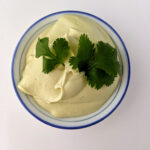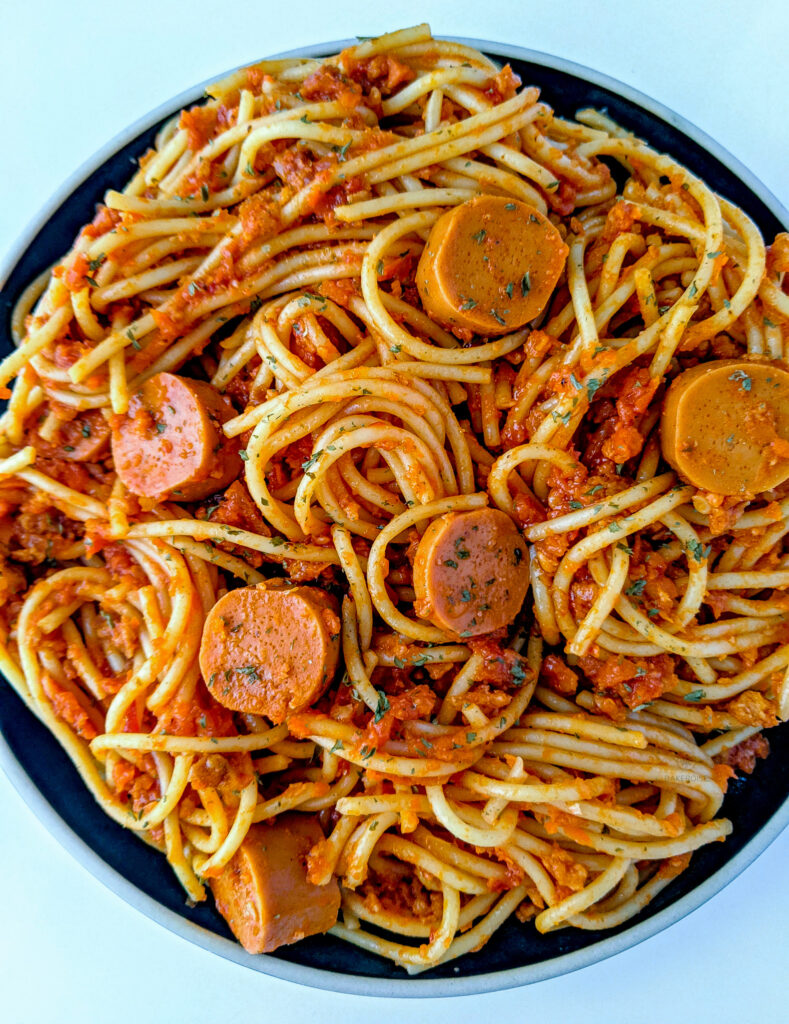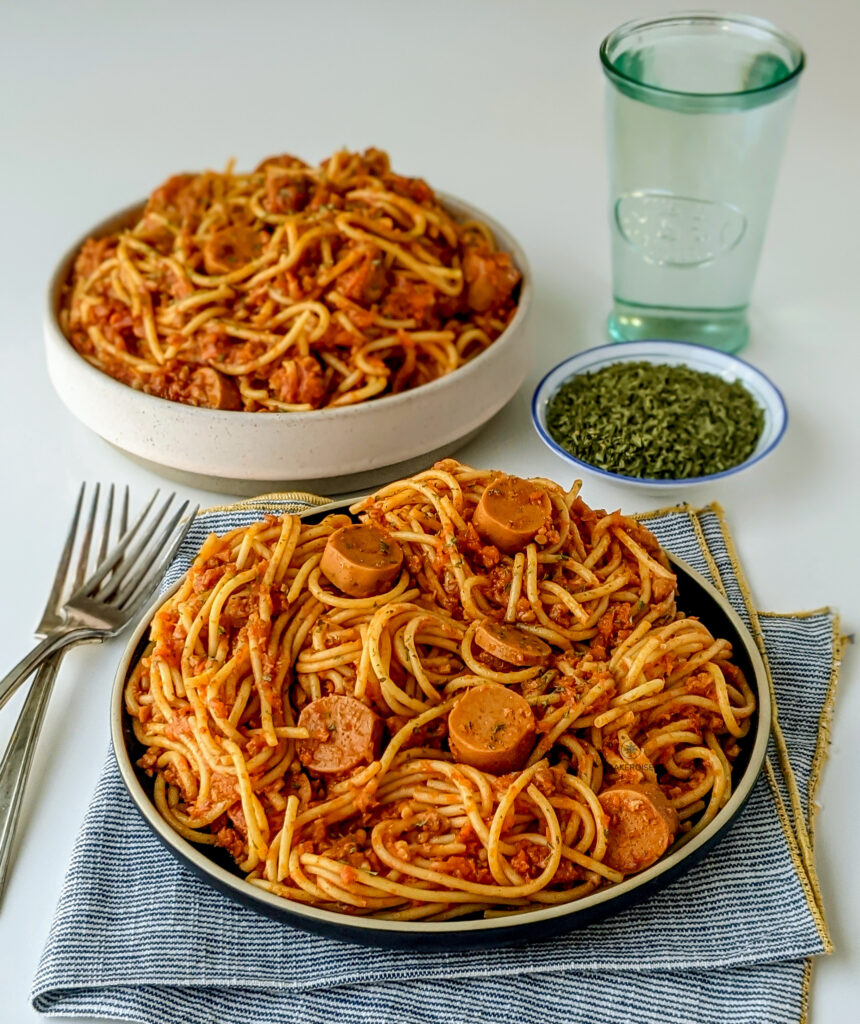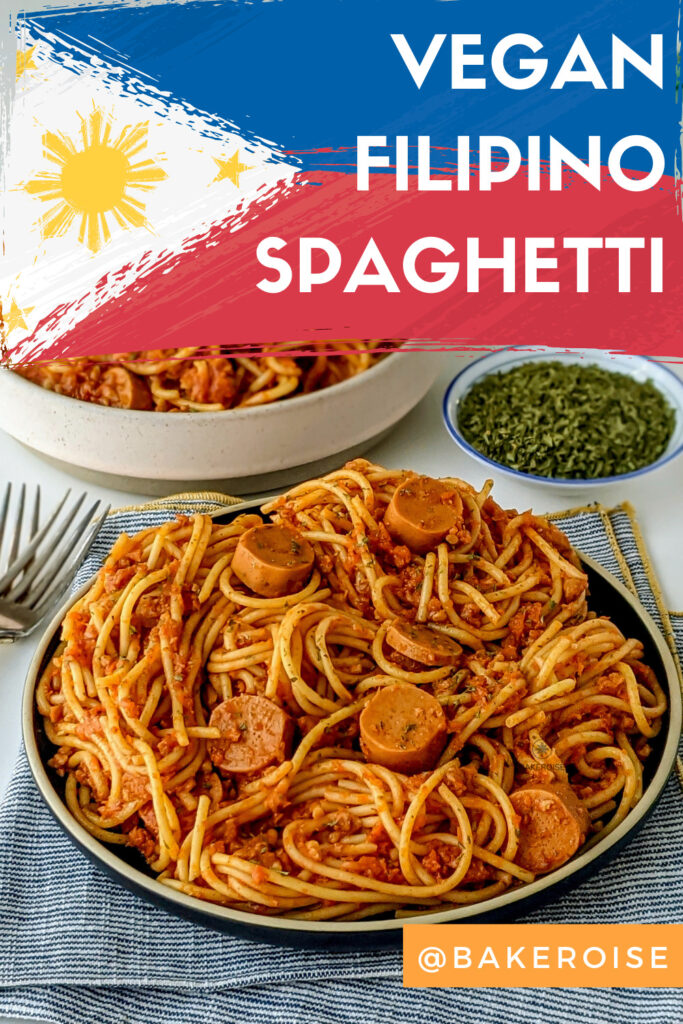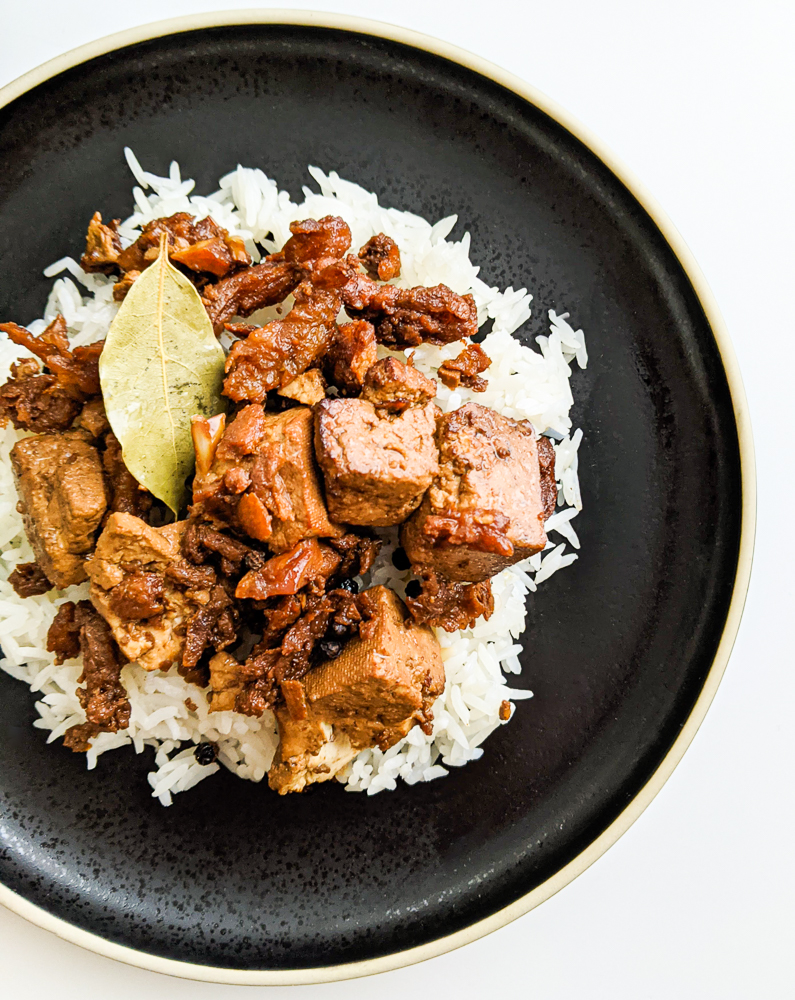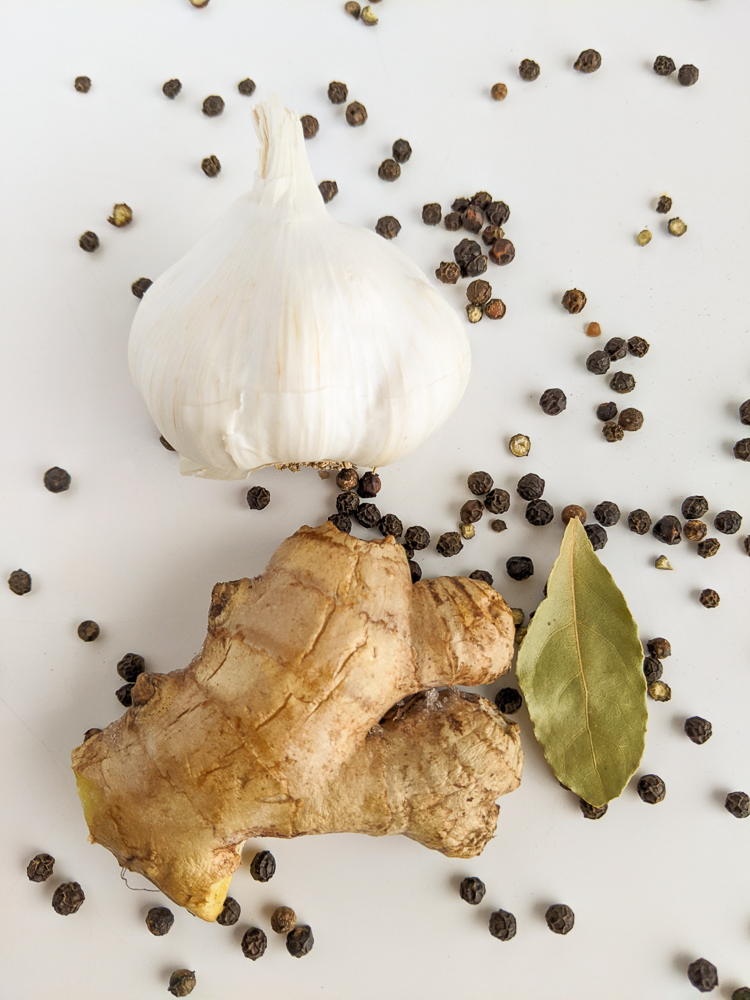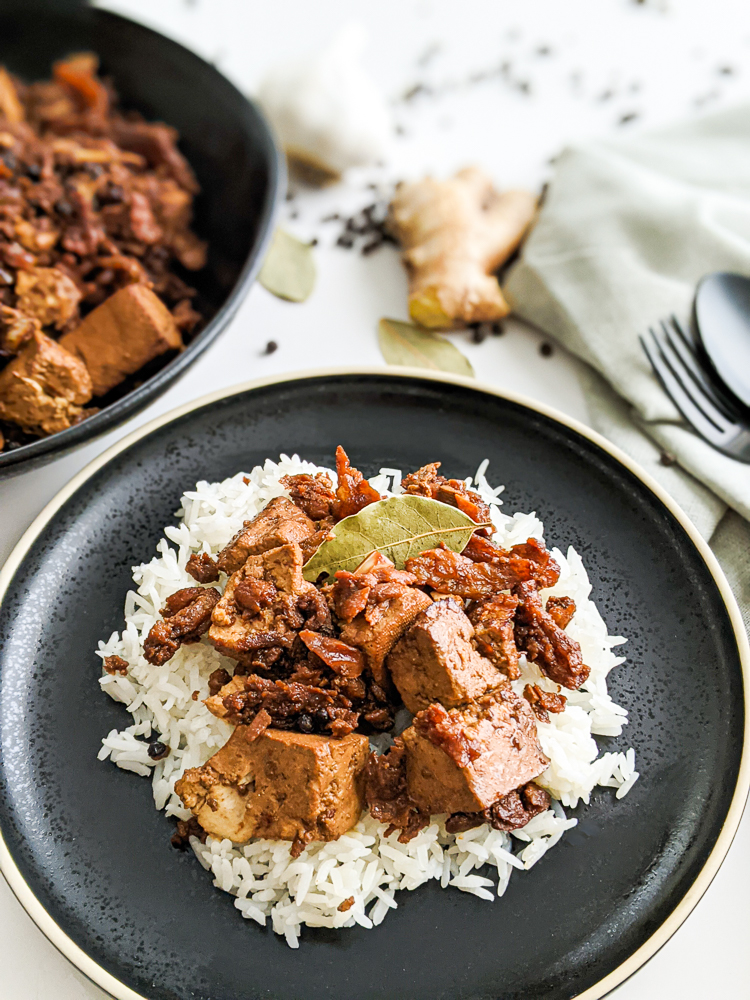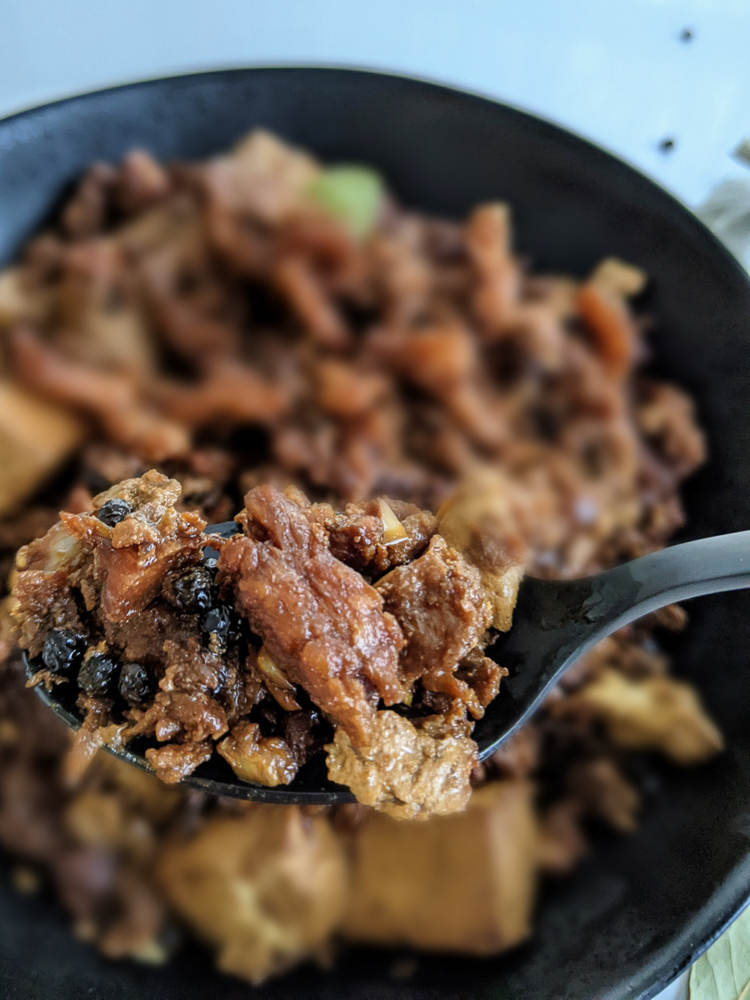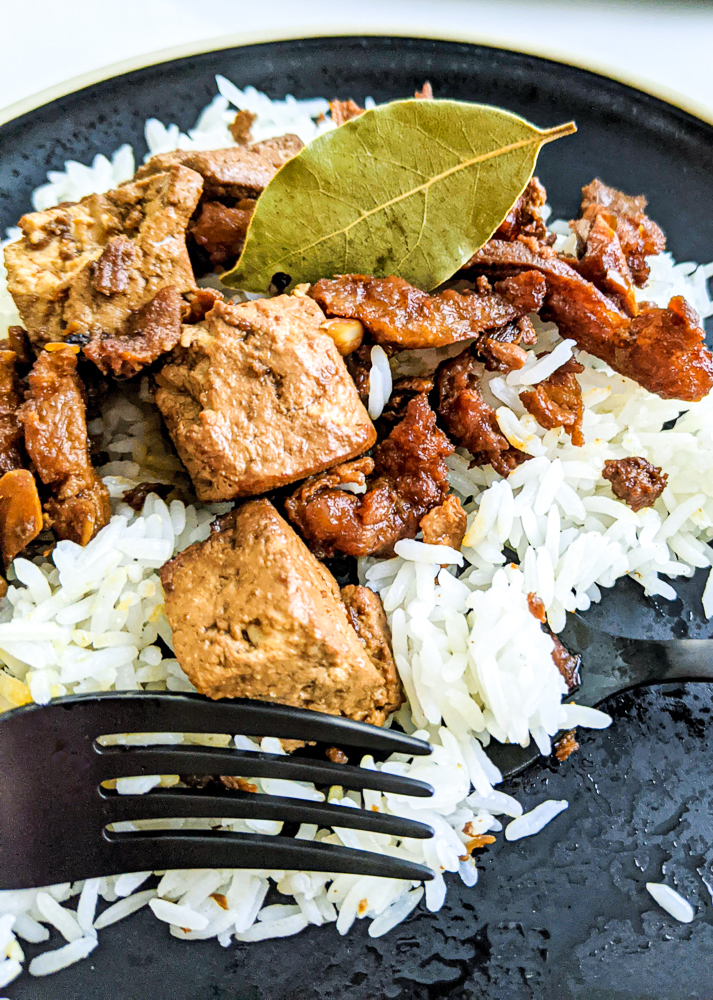Affiliate Disclosure: As an Amazon Associate, I earn from qualifying purchases. Thank you for supporting Bakeroise.
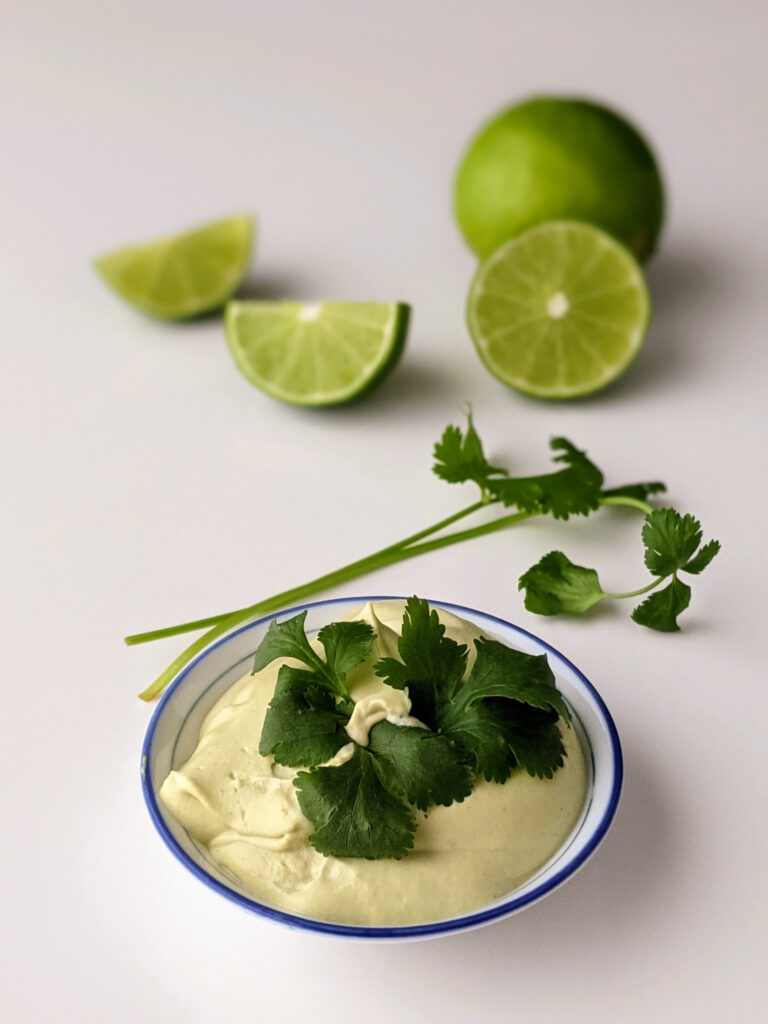
This one is for all my fellow avocado lovers who can’t seem to come correct when it comes to storing and using avocado in time.
I make vegan creamy sauces from scratch because I don’t have enough fridge space to justify store-bought tubs of vegan sour cream and dressings taking up room in the fridge only to be neglected and left to rot. It’s gross. If I can make a condiment with things I already have on hand, I will almost always opt to do that.
So this particular recipe is for a vegan sour cream sauce that is flavored with fresh cilantro and lime. Most cilantro and lime-centered recipes seem to call for avocado. I think that stuff looks good!
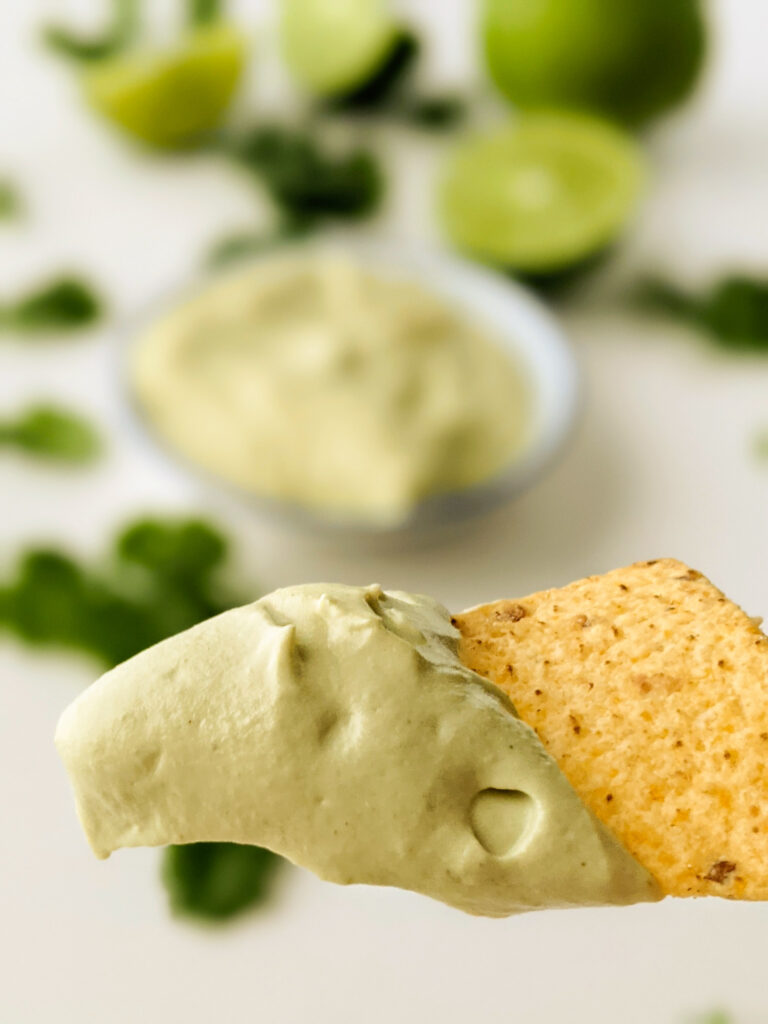
However, I intentionally omitted the avocado from the recipe because I get to actually use them them. You know the story: You buy them but they’re not ripe. So you have to “wait” but instead you “forget about them” and they go bad. Talk about wasting food!
Anyway, I hope you find this recipe useful as it only takes about 5 minutes prep time, 5 minutes boiling time and less than 5 minutes blending time! This is the perfect cilantro lime recipe when you don’t have avocados but still want to have that cilantro lime cream sauce with your flautas or quesadillas.
I present to you my Vegan Cilantro Cream Sauce with No Avocado Required!
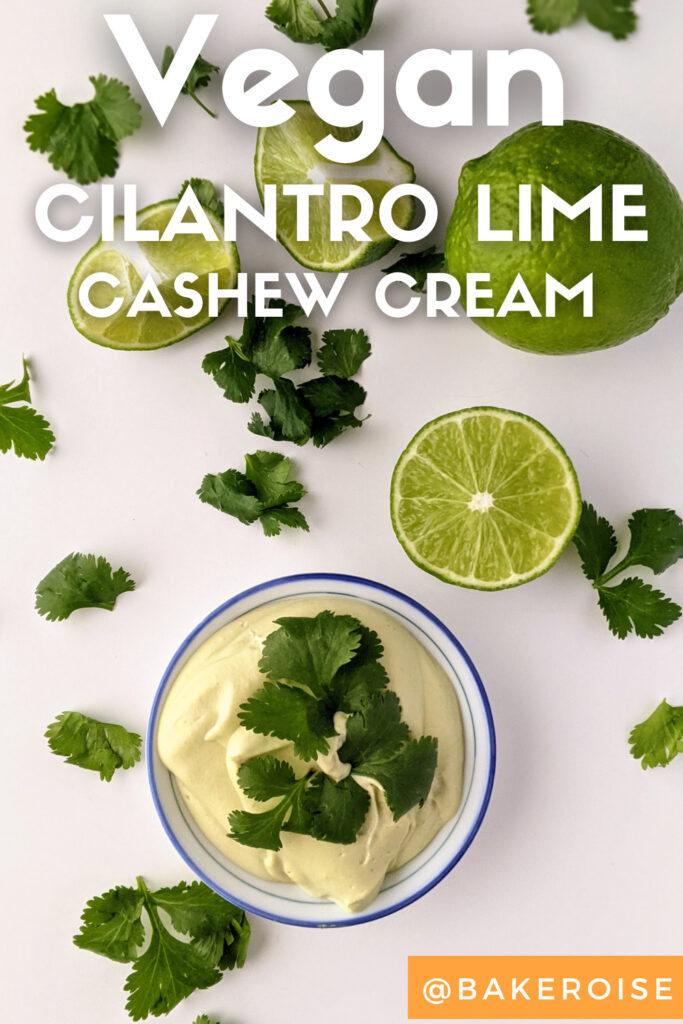
Cilantro Lime Cashew Cream with No Avocado Required
Tasty, quick and easy vegan cilantro lime cashew cream recipe that does not require avocados!
- Prep Time: 5
- Cook Time: 5 minutes boiling and <5 minutes blending
- Total Time: <15 minutes
- Yield: 4 servings 1x
- Category: Sauces
- Method: Blending
- Cuisine: Mexican
- Diet: Vegan
Ingredients
- 10 and 1 ½ cups of water, divided into 10 cups and 1 ½ cups
- 3 cup (or 426 g) of cashews
- 2 cups (or 31 g) of loosely packed cilantro leaves, rinsed
- Juice of three limes
- 1 tsp garlic powder
- Salt, to taste
- Water to thin
Instructions
- Bring 10 cups of water to a boil in a large saucepan.
- Add a palmful of salt once water is boiling.
- Add the cashews and boil for 5 minutes.
- Drain cashews.
- Add cashews, cilantro leaves, lime juice, garlic powder, 1 ½ cup of hot water and blend in a powerful blender.
- Blend to smooth consistency. Try to pause intermittently to scrape down the sides with a spatula.
- Serve with dishes that go well with citrus flavors like nachos, flautas, chimichangas, tacos etc. It’s pretty good stuff!
Notes
- If you don’t want to boil the cashews and are able to plan in advance, soak the cashews overnight for 8 hours instead.
- Remember to salt to taste. It took me three palmfuls of salt to taste. Adjust as needed. Trust your taste buds.
- I tested this recipe in a food processor but unfortunately the food processor was not high powered enough. It was still chunky and never got to a smooth consistency the way it did with my high powered blender (a Vitamix).













